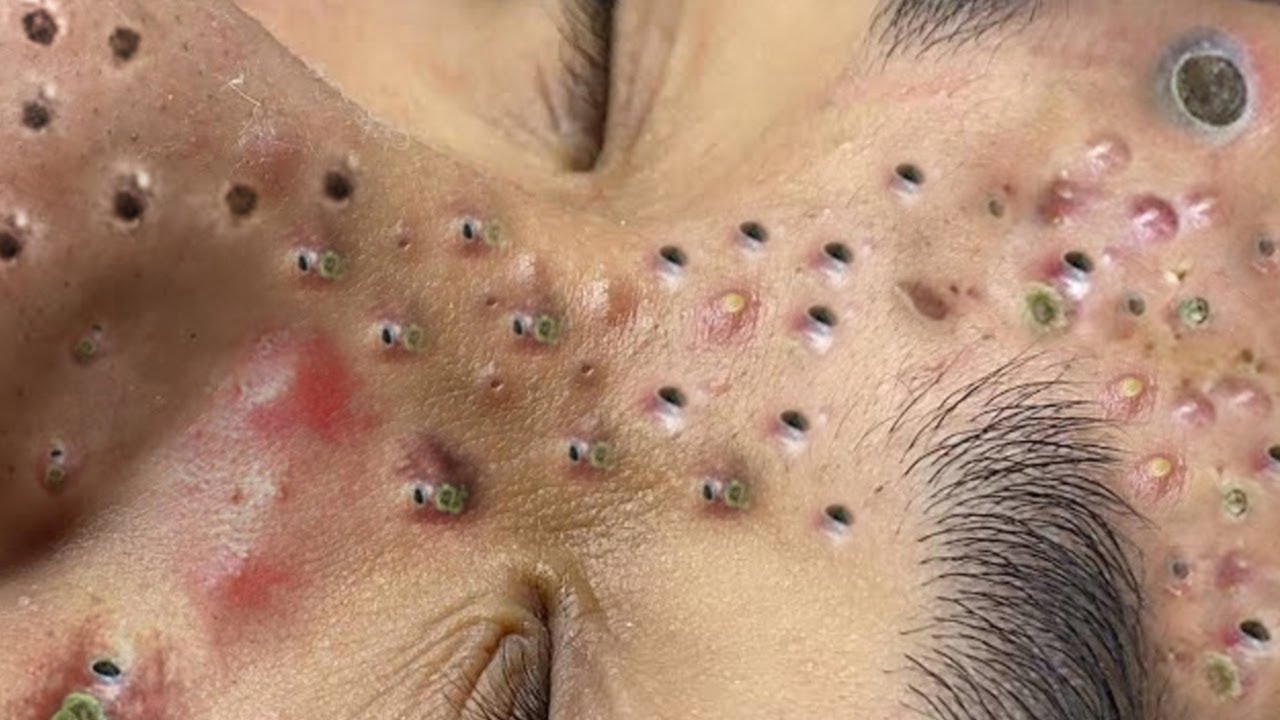Introduction: What You Don’t Know About Blackheads Could Be Hurting Your Skin
Blackheads might look like simple dark dots on your skin, but did you know there are actually different types — and each kind needs a slightly different approach to remove them safely?
Many people struggle with blackheads for years because they don’t treat the right cause. In this article, you’ll learn:
-
The different types of blackheads
-
How to tell them apart
-
What causes each one
-
Safe and effective treatments that actually work
🔍 What Is a Blackhead? (Quick Recap)
Blackheads are clogged pores (comedones) that stay open. When oil and dead skin get trapped in the pore and oxidize, they turn black — hence the name “blackhead.”
Unlike pimples, blackheads don’t involve bacteria or inflammation, which is why they often go unnoticed until there’s a cluster of them.
🧠 The 4 Main Types of Blackheads (Yes, There’s More Than One)
Let’s break them down:
1. Simple Blackheads (Open Comedones)
These are the most common:
-
Small dark spots, usually on the nose or chin
-
No redness or swelling
-
Easy to extract with proper skincare
✅ Best treatment:
-
Salicylic acid cleanser
-
Clay masks
-
Retinoids for prevention
2. Deep Blackheads (Large or Embedded)
These are more stubborn:
-
Found deeper in the skin
-
May feel hard or “stuck”
-
Can appear larger than usual
⚠️ Risky to extract at home
✅ Best treatment:
-
Professional extraction
-
Retinol to loosen dead skin
-
AHAs (glycolic or lactic acid)
3. Sebaceous Filaments (Often Confused for Blackheads)
-
Grayish or skin-colored dots
-
Common on the nose
-
Not clogged — they’re natural oil structures
🛑 Don’t try to remove them permanently — they refill naturally
✅ Best management:
-
Oil control with niacinamide
-
Regular exfoliation
-
Clay masks (short term improvement)
4. Oxidized Cystic Openings (Scarred or Inflamed)
Sometimes, deep acne or cysts leave behind open scars that look like blackheads.
-
Can appear as large black holes
-
May be inflamed or tender
✅ Best treatment:
-
Dermatologist consultation
-
Laser therapy or resurfacing
-
Scar-focused products
👃 How to Tell What Kind You Have (At Home Guide)
| Feature | Likely Type |
|---|---|
| Tiny dark dots, mostly on nose | Simple blackheads or filaments |
| Large, hard bump with black tip | Deep blackhead |
| Blackhead that keeps returning in same spot | Likely a sebaceous filament |
| Dark pore with scar-like texture | Oxidized acne scar |
Use a magnifying mirror and natural light for best results.
💡 Do Blackhead Strips Work?
Yes… but only short-term, and only for surface-level blackheads or filaments.
They don’t remove the root cause and may even damage or enlarge your pores over time.
✅ Use strips occasionally, and follow up with:
-
Toner (to close pores)
-
Moisturizer
-
Clay mask (the next day)
🧴 Best Products for Each Type
| Type | Product |
|---|---|
| Simple blackheads | Paula’s Choice BHA 2%, CeraVe SA Cleanser |
| Deep blackheads | Retin-A, Differin Gel, The Ordinary AHA + BHA |
| Sebaceous filaments | The Inkey List Niacinamide, Azelaic acid |
| Scarred pores | La Roche-Posay Retinol B3 Serum, Mederma, chemical peels |
✨ Lifestyle Habits That Make a Huge Difference
No matter what type of blackhead you have, your daily habits matter:
-
Don’t sleep with makeup on
-
Use non-comedogenic skincare
-
Don’t touch or pick at your face
-
Wash pillowcases and phone screens weekly
-
Use sunscreen — blackheads + sun = pigmentation
🎥 Bonus: Want to Watch Real Extraction?
This video shows how deep extractions are performed safely in a clinical setting.
✅ Conclusion: Know Your Blackheads, Treat Them Smarter
Blackheads may seem simple, but treating them effectively means understanding what type you have, using the right products, and staying consistent.
Don’t fall for quick fixes. Long-term clear skin takes:
-
Smart skincare
-
A gentle hand
-
A little patience






